י״ט אב ה׳תשע״ט | August 20, 2019
The Shliach who Made Reb Levik’s Torah Accessible
An interview with Rabbi Dovid Dubov on the Torah of the Rebbe’s father and his unique style of learning and what makes his writings unique.
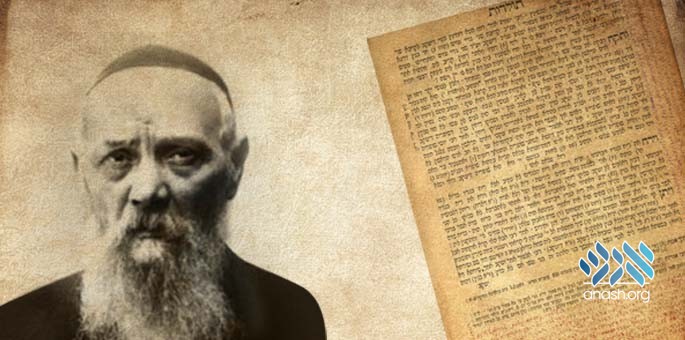
By Yehuda Altein Chabad.org
The twentieth of Av, 5779, marks the seventy-fifth yahrzeit of Rabbi Levi Yitzchak Schneerson (1878–1944), father of the Lubavitcher Rebbe. Rabbi Levi Yitzchak served as the rabbi of the Ukrainian city of Dnipr (Dnipropetrovsk, originally known as Yekaterinoslav), and struggled valiantly to strengthen Judaism in spite of Soviet intimidation. He was an exceptional mystic and scholar, and wrote commentaries on the most esoteric texts.
In honor of this date, we turned to Rabbi Dovid Dubov of Princeton, New Jersey, a world-renowned expert on Rabbi Levi Yitzchak’s teachings, to discuss Rabbi Levi Yitzchak’s works and style of learning and hear some insights into what makes his writings unique.
What has been published from the teachings of Rabbi Levi Yitzchak?
Five volumes have been printed containing the writings of Rabbi Levi Yitzchak. The first volume consists of notes and commentaries he wrote on the margins of the Tanya, the seminal work of the Alter Rebbe. The next two volumes include notes and commentaries he wrote on the margins of the classic kabbalistic work, the Zohar. These three volumes were published under the name Likkutei Levi Yitzchak (Brooklyn, 1970–1971).
The fourth volume, titled Torat Levi Yitzchak (Brooklyn, 1971), contains explanations on the Mishnah and the Talmud. The final volume, also called Likkutei Levi Yitzchak (Brooklyn, 1972), contains explanations on various verses and statements in Scripture, Talmud, and Midrash, as well as letters Rabbi Levi Yitzchak wrote to his son, the Rebbe.
Truth be told, what has been published is only a small fraction of Rabbi Levi Yitzchak’s writings. I heard from the sons of the late Rabbi Nochum Labkowsky that their father would often visit Rabbi Levi Yitzchak’s house in Dnipropetrovsk. Rabbi Labkowsky related that in the main room there was a breakfront filled from top to bottom with Rabbi Levi Yitzchak’s original manuscripts. Some of these manuscripts were destroyed, and others were confiscated by the Soviets when they arrested him in 1939 for his fearless advocacy for the rights of Jews to observe Judaism.
On 6 Tishrei, 5750, the Rebbe said that studying his father’s writings will spiritually hasten the discovery of Rabbi Levi Yitzchak’s other manuscripts, presently hidden somewhere in the former Soviet Union. Indeed, we strongly believe that one day we will be able to find and identify some of these manuscripts, and many additional volumes of his writings will be published.

Can you provide some background on the circumstances in which Rabbi Levi Yitzchak committed his thoughts to writing?
As mentioned, the bulk of Rabbi Levi Yitzchak’s pre-arrest writings were confiscated by the Soviets. Most of what we have today consist of Rabbi Levi Yitzchak’s writings while in exile in faraway Kazakhstan. His wife, Rebbetzin Chana Schneerson, followed her husband to his place of exile, bringing along a few precious volumes for him to study.
Due to lack of paper, Rabbi Levi Yitzchak had no place to write his thoughts other than the margins of the few books he had with him (such as the Tanya and Zohar). In fact, there was no ink available either; his wife manufactured home-made ink for him to use from local grasses and herbs that she gathered. Indeed, Rabbi Levi Yitzchak’s handwritten notes from that time appear in a wide array of colors (such as green, red, and black), depending on the plants used for the ink.
This led Rabbi Levi Yitzchak to a dilemma when transcribing his thoughts. Some of his expositions in printed form extend over many pages (in one case, about fifty). In its original form, there was no way the lengthy explanation could have been fully transcribed on the margin of a single page! Instead, Rabbi Levi Yitzchak would cram a few lines of commentary into the margin, and would then continue on the next (or previous) page, and then the next, and then the next, sometimes continuing for tens of pages (perhaps over a hundred!) before concluding the thought.
At the same time, Rabbi Levi Yitzchak often commented on these other pages too, leading to the possibility of a single page featuring parts of multiple explanations, each one located on another part of the page. To assist in keeping track of this confusing structure, when continuing a thought on a second page, Rabbi Levi Yitzchak would begin by rewriting the last three words from the previous paragraph.
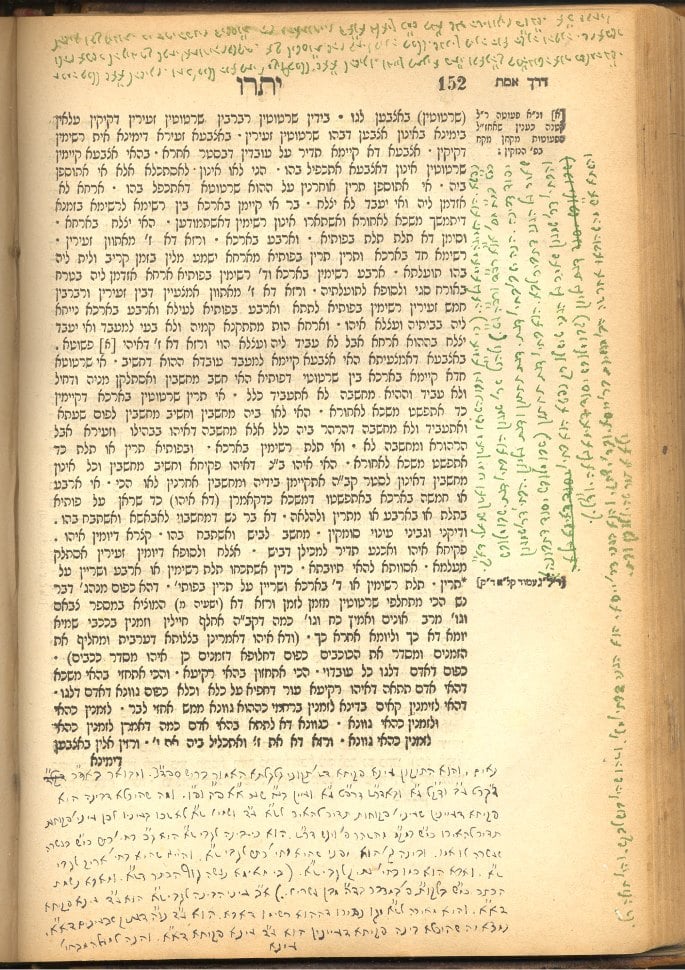
Many people view Rabbi Levi Yitzchak as a kabbalist, and believe that his writings belong to the esoteric school of thought. Is this correct?
Although this is indeed true, Rabbi Levi Yitzchak’s writings are in no way limited to Kabbalah. In fact, Rabbi Levi Yitzchak demonstrated how all parts of Torah consist of one cohesive unit. Rabbi Levi Yitzchak will often offer a novel interpretation to a saying or story from the Talmud based on the teachings of Kabbalah and Chassidic philosophy. By doing so, he displayed how both the revealed and esoteric dimensions of Torah are intertwined.
Are these teachings within the comprehension of the average student?
Most of the kabbalistic concepts employed by Rabbi Levi Yitzchak are within our ability to comprehend. Although certain terms will only be familiar to someone with an intimate grasp of Kabbalah, the majority of them are familiar to anyone with an elementary knowledge of Tanya and other Chassidic works. Additionally, the Rebbe elucidated and elaborated upon many of his father’s teachings.
Does Rabbi Levi Yitzchak’s style of study have a defining feature that makes it stand out?
Rabbi Levi Yitzchak’s learning style is unsurpassed in the history of Torah literature.
His underlying premise and mode of thought is based on the idea that every detail in Torah is precise: The Torah is G‑d’s wisdom, and is therefore true on every level. However, we tend to understand this in general terms: The idea as a whole is true and correct. Rabbi Levi Yitzchak, however, takes this principle to an entirely new level. Each and every detail of each verse, statement, and story in Torah is precise (whether in Scripture, Talmud, Midrash, or Zohar), and complements the general idea. Or to put it another way: The idea is true from every angle, and is expressed in every single one of its details, whichever way you view it.
For example, we know that the Hebrew word for any given concept is precise. Let’s take the Talmudic statement that the word chok is a term used to express sustenance. After explaining the concept of sustenance through the lens of Kabbalah, Rabbi Levi Yitzchak proceeds to explain how this is expressed in the Hebrew letters of chok (חק), and from multiple angles: (1) the meaning of the specific letters ches (ח) and kuf (ק) used to create the word; (2) the physical form of these letters; (3) their numerical value (108); (4) the order in which they appear—ches and then kuf; (5) the usage of cholam (ו) as the nekudah (vowel) of the word; and so on and so forth.
Or let’s say the Zohar relates how three sages expounded on a certain kabbalistic idea. The Zohar makes a point of mentioning that they discussed this concept while traveling, and that it was a hot day, causing them to take refuge in a cave along the way. Rabbi Levi Yitzchak explains why it was these three sages in particular who expounded this idea; why the Zohar mentions them in a particular order; why they had this discussion while traveling; and why they took refuge in a cave. Rabbi Levi Yitzchak demonstrates how all these details relate to the core theme of their discussion.
One of the principles of Jewish thought is the concept of Divine Providence, that every event that occurs to a person is specifically guided and determined by the Divine will. In this light, Rabbi Levi Yitzchak used the above method to explain events in his personal life. In one remarkable transcription, he explains no less than twenty-five details of his arrest, including the dates of each stage in his arrest, the places where he was incarcerated, and the person who was arrested—himself, as expressed in the details of his name. (I had the honor of preparing a revised version of this transcription, which was just published in honor of Rabbi Levi Yitzchak’s seventy-fifth yahrzeit.)
(The Rebbe adds that we should adopt the same approach. We should recognize that every detail of our lives is precise and has its source in the supernal realms, although we may not see how this is so.)
Although there are precedents to this general approach of Rabbi Levi Yitzchak among Torah scholars of previous generations, there is no one who took it to the same extent as he did, examining and illuminating each and every detail of a given topic and showing how they are all connected to the general theme.
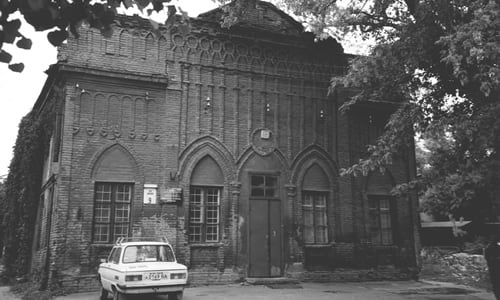
Did the learning style of Rabbi Levi Yitzchak influence that of his son, the Rebbe?
Yes, certainly.
We see this theme—that each detail of a given Torah topic is precise, and they are all consistent with the topic’s central idea—with the Rebbe as well. A typical example concerns the placement of dates in the Hebrew calendar. The Rebbe’s Shabbos farbrengens would invariably begin with an explanation of that week’s theme, and the Rebbe would proceed to connect it to the day of the Hebrew month, the Torah portion of the week, other nearby dates on the calendar, and many other details.
One aspect we see clearly with both Rabbi Levi Yitzchak and the Rebbe is the connection of what was said with who said it. If the Talmud quotes a statement as having been said by a certain person, there must be a connection between the statement’s content and its author. We see this theme countless times throughout the corpus of Torah teachings of both Rabbi Levi Yitzchak and his son, the Rebbe, to a degree not seen anywhere else.
Do Rabbi Levi Yitzchak’s teachings differ from those of the Lubavitcher Rebbes?
The chassidic discourses of the Lubavitcher Rebbes often quote kabbalistic ideas, but they immediately proceed to explain them from the perspective of chassidic philosophy, and more importantly—they elaborate on how they apply to a person’s service of G‑d. By contrast, Rabbi Levi Yitzchak does not necessarily do so, and often limits his expositions to the kabbalistic aspect.
The Rebbe often explained that his father’s constraints were due to the shortage of ink and paper at his disposal, forcing him to keep his explanations to a bare minimum and rely on the student to make the necessary conclusions.
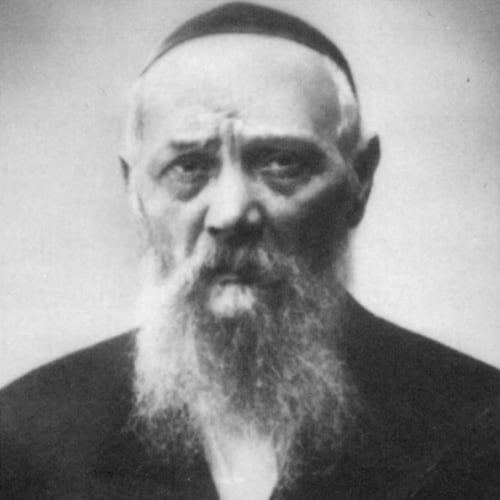
Please tell us a bit about your series of books on Rabbi Levi Yitzchak’s teachings, Yalkut Levi Yitzchak.
There are a number of impediments that may prevent one from studying Rabbi Levi Yitzchak’s works. One is the apprehension of encountering kabbalistic terms, as mentioned above.
Additionally, Rabbi Levi Yitzchak has a tendency to digress from the topic at hand to explain other texts. Often, he will cite a Torah verse or Talmudic statement to prove a certain point, and then go on to explain that text in great detail. This rapid shift from one topic to the next might make it difficult for the reader to keep track of the author’s thought process.
Another factor is the brevity of Rabbi Levi Yitzchak’s writings, in light of the scarcity of paper and ink in his place of exile.
To solve these issues and make Rabbi Levi Yitzchak’s beautiful teachings more accessible to a broader audience, I began to publish a series entitled, Yalkut Levi Yitzchak al Hatorah. Arranged according to the weekly Torah portions, I select explanations from Rabbi Levi Yitzchak’s works that relate to the scriptural verses, and present them independently so the reader will be able to study an entire thought as it stands by itself. Additionally, whenever Rabbi Levi Yitzchak mentions a kabbalistic concept that may be unfamiliar to the reader, I explain it in the footnotes.
Another element incorporated in the footnotes is a list of all the questions Rabbi Levi Yitzchak answers in a given text and all the details that are illuminated through his novel explanation. (In places, this can include 20 details or more!)
So far, four volumes have been published, encompassing the entire Book of Bereishit and the first three portions of Shemot (Brooklyn, 2013–2018). A fifth volume (on the next three portions of Shemot) is currently in the final stages of preparation.
Although these volumes appear in Hebrew, it is my fervent wish and hope that one day they will be translated into English. Additionally, a number of Rabbi Levi Yitzchak’s explanations have already been translated into English, and there are plans to prepare more of them in the near future. There are also plans to compile some of Rabbi Levi Yitzchak’s simpler explanations on Chumash for children and teens.
I have met numerous people from all walks of life who have studied the teachings of Rabbi Levi Yitzchak. They all say that once they encountered the beauty of Rabbi Levi Yitzchak’s thoughts, they were drawn to study more and more.
Learn Rabbi Levi Yitzchak’s teachings, whether in Hebrew, English, or French, and you, too, will enjoy and appreciate them!
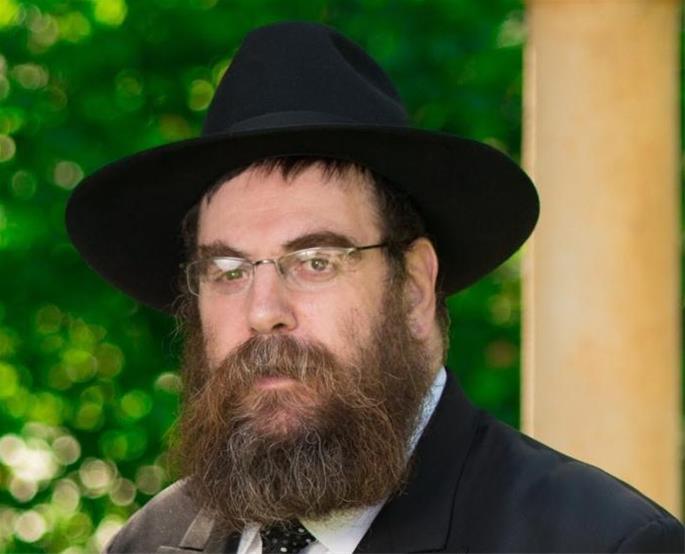
Rabbi Dubov serves as director of Chabad of Princeton and Greater Mercer County, New Jersey. He is the author of Yalkut Levi Yitzchak al Hatorah, a series devoted to organizing and clarifying Rabbi Levi Yitzchak’s teachings (presently four volumes have been published), and the 31-volume series of Yalkut Moshiach U’geula al Hatorah. He can be reached at [email protected].

We appreciate your feedback. If you have any additional information to contribute to this article, it will be added below.